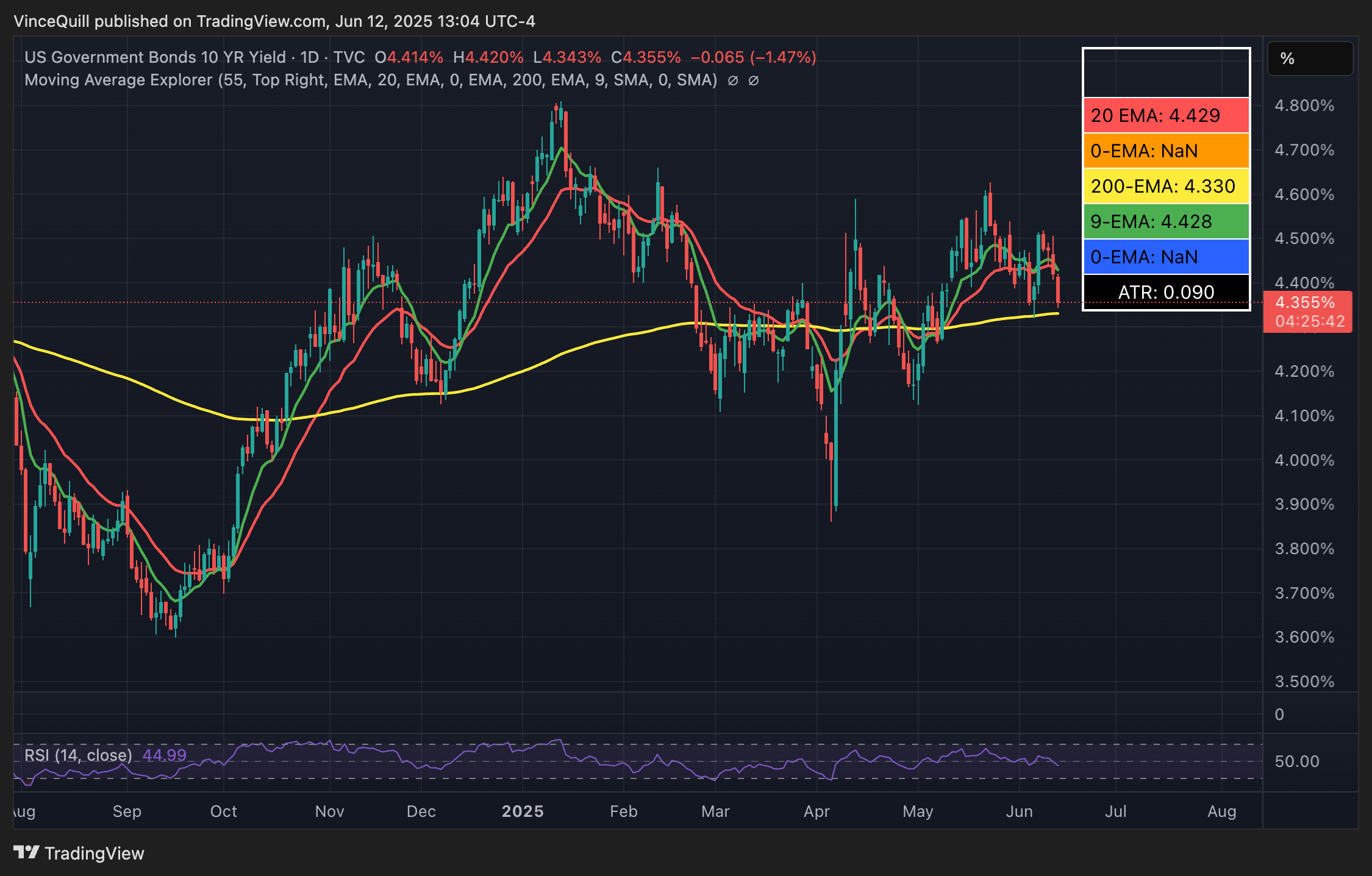Circle’s USDC stablecoin (USDC) launched on the XRP Ledger (XRPL) on Thursday, bringing the overcollateralized dollar-pegged token to users of the layer-1 blockchain network.
According to an announcement from Ripple, the launch of USDC on the platform will enable investors to use XRP as a bridge currency to transfer their stablecoins between decentralized exchanges (DEXs) through an auto-bridging feature. Markus Infanger, the senior vice president of RippleX added:
“Stablecoins are key entry points connecting traditional financial markets with the crypto space — essential for use cases focused on utility rather than speculation.”
Support for USDC on the XRPL comes amid a concerted push to establish comprehensive stablecoin regulations in the United States, as the sector swells to over $237 billion in market capitalization with geo-strategic and macroeconomic implications.
Related: Fortune 500’s interest in stablecoins triples from last year: Coinbase
Stablecoins become the focal point of protecting US dollar salability
Overcollateralized stablecoin issuers purchase short-term US Treasury bills to back their digital fiat tokens, collecting the yield from these government securities as profit.
A growing number of US lawmakers and officials view stablecoins as a way to mitigate de-dollarization by foreign countries offloading US government debt due to concerns over the creditworthiness of the US government and the declining value of the US dollar.
As sovereign powers dump US debt instruments, bond yields spike as investors demand higher interest payments to lend to the government.

This, in turn, leads to higher debt service costs for the government, causing the $36 trillion national debt to become even more costly to maintain and further inflating the principal amount owed, creating a vicious cycle of debt monetization to pay back creditors and fund the budget.
During the White House Crypto Summit on March 7, US Treasury Secretary Scott Bessent promised to prioritize stablecoin development to protect US dollar hegemony by leveraging the demand for stablecoins to increase the salability of the US dollar globally.
However, critics of the fiat system like Bitcoin (BTC) advocate Max Keiser say the plan to shore up declining demand for the US dollar with stablecoins will only delay the inevitable collapse of the dollar but will not save it.
Stable tokens backed by gold will outcompete dollar-pegged stablecoins for several reasons including gold’s high stock-to-flow ratio, which protects its value from rapid inflation and price depreciation, according to Keiser.
Magazine: Bitcoin payments are being undermined by centralized stablecoins



